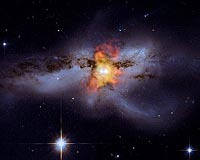 Photo: Buzz Aldrin on the Moon in 1969. He believes a new lunar mission would be pointless - even if it were affordable. (Nasa/EPA)
Photo: Buzz Aldrin on the Moon in 1969. He believes a new lunar mission would be pointless - even if it were affordable. (Nasa/EPA)From Times Online:
Nasa will not be able to meet its target of sending humans back to the Moon by 2020, or even dream of landing on Mars, because it is suffering from chronic underfunding, a presidential review panel has warned.
The US space agency needs at least another $50 billion (£30 billion) over the next decade if it is to come close to delivering on its vision for retiring the space shuttle, completing construction of the International Space Station and launching ambitious new voyages of discovery.
The bleak assessment comes from a ten-member committee established by President Obama to review America’s manned spaceflight programme. Made up of aerospace experts and former astronauts, it is not due to make its final report until the end of this month.
Read more ....


















